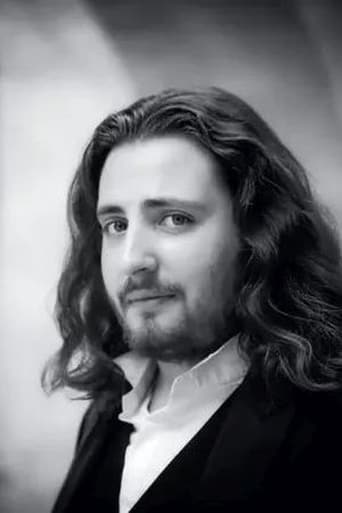
Trailer
Synopsis
Cast
This is Laurent Pelly’s Théâtre des Champs-Élysées staging of Rossini’s Il barbiere di Siviglia, with a cast featuring Florian Sempey as Figaro, Catherine Trottmann as Rosina, and Michele Angelini as Il Conte Almaviva. Jérémie Rhorer conducts Le Cercle de l-Harmonie.
Similar titles
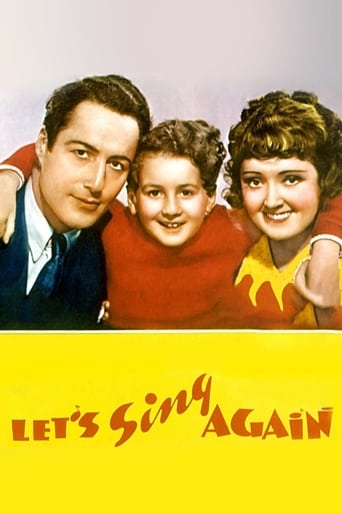
Let's Sing Again
An orphan (Eight-year-old boy soprano Bobby Breen) gets a chance to sing opera in New York.
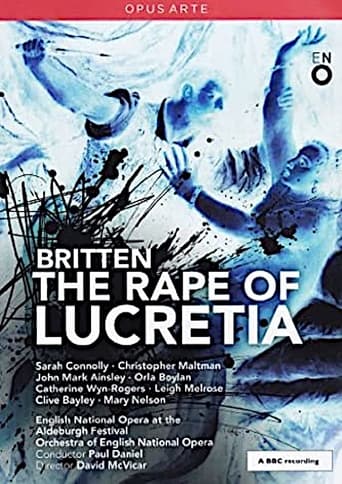
Britten: The Rape of Lucretia
Sarah Connolly's 'outstanding' (The Guardian) portrayal of the wronged Roman noblewoman, written originally for Kathleen Ferrier, lies at the hear of David McVicar's powerfully stark production for English National Opera as 'an everyday sort of woman who could be living at any time or place'. Her nemesis is the arrogant Tarquinius of Christopher Maltman, 'who made the air tingle with danger' (Financial Times). Sung in English.
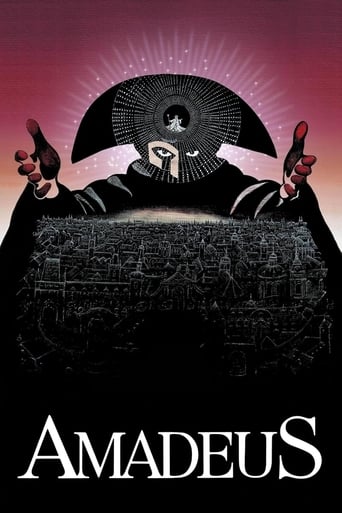
Amadeus
Wolfgang Amadeus Mozart is a remarkably talented young Viennese composer who unwittingly finds a fierce rival in the disciplined and determined Antonio Salieri. Resenting Mozart for both his hedonistic lifestyle and his undeniable talent, the highly religious Salieri is gradually consumed by his jealousy and becomes obsessed with Mozart's downfall, leading to a devious scheme that has dire consequences for both men.
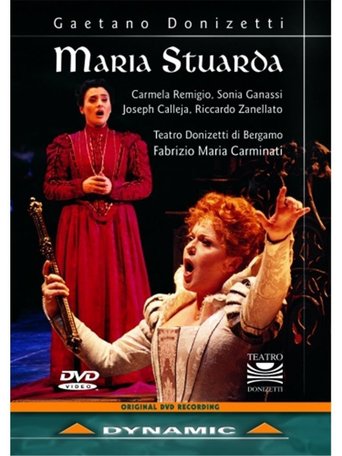
Maria Stuarda
Maria Stuarda is a searingly dramatic setting of Friedrich Schiller’s play about Mary, Queen of Scots, and her political and personal rivalry with Queen Elizabeth I of England. While based relatively closely on historical characters and events, the opera’s central scene is fictional: the highly emotional meeting of the queens that concludes the first act (originally invented by Schiller) never took place. It’s a dramatic device that brilliantly highlights the two women’s contrasting characters.
Top Streaming Movies
#1

Ghostbusters: Afterlife
November. 19,2021
7.1
#2

Eternals
November. 03,2021
7.1
#3

Resident Evil: Welcome to Raccoon City
November. 24,2021
5.2
#4
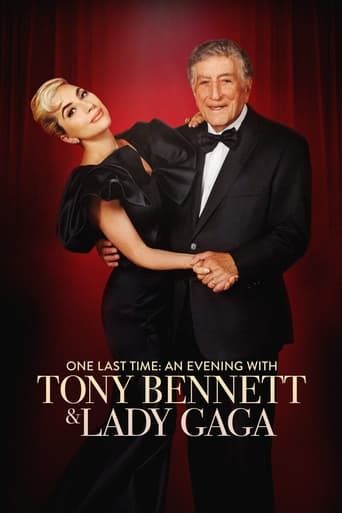
One Last Time: An Evening with Tony Bennett and Lady Gaga
November. 28,2021
8.3
#5

Encanto
November. 24,2021
7.2
#6

Shang-Chi and the Legend of the Ten Rings
September. 03,2021
7.4
#7

Dune
October. 22,2021
8
#8

No Time to Die
October. 08,2021
7.3
#9

Venom: Let There Be Carnage
September. 30,2021
5.9
#10
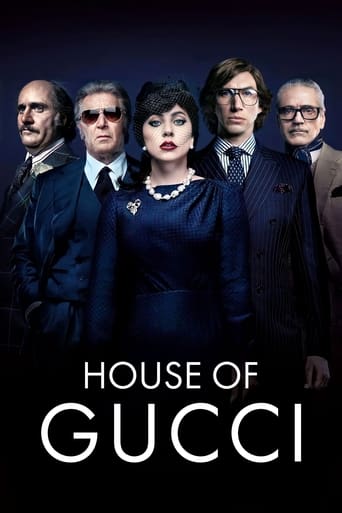
House of Gucci
November. 24,2021
6.6

